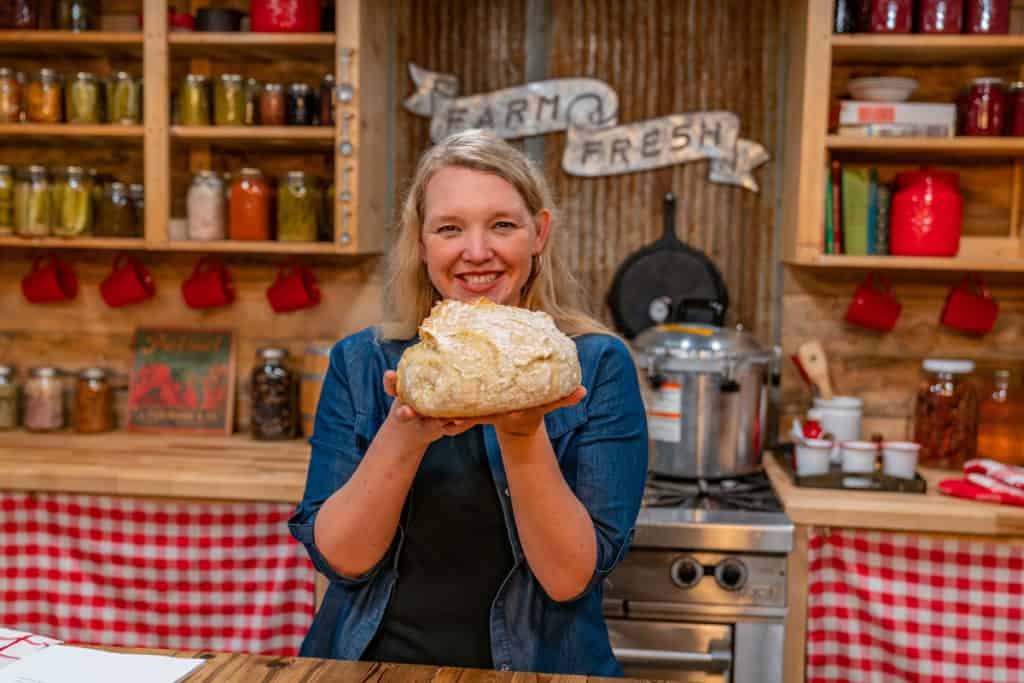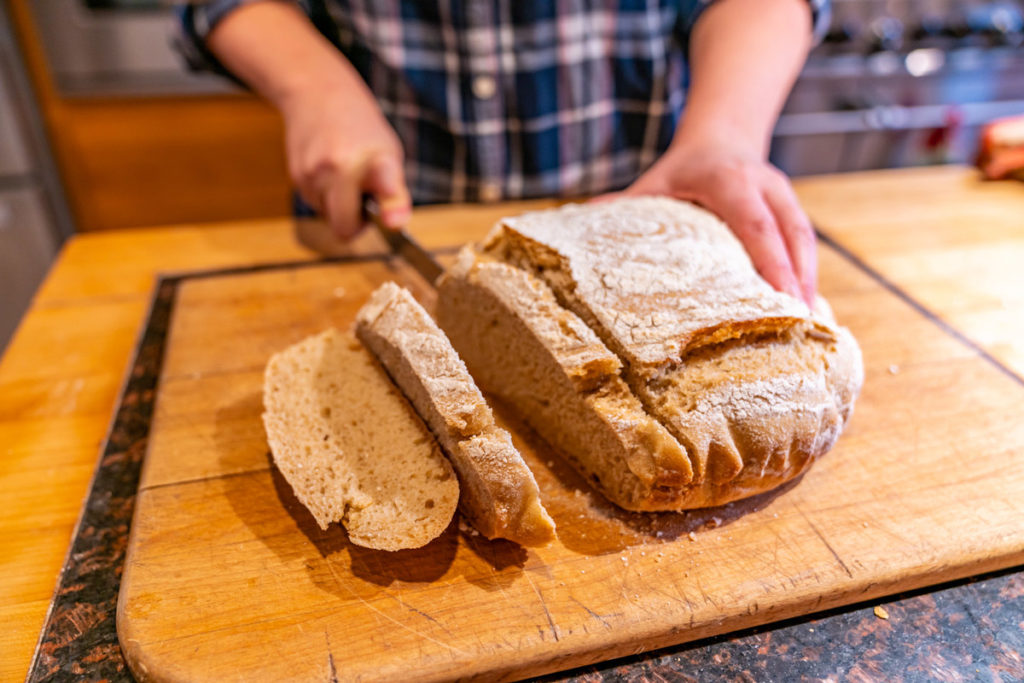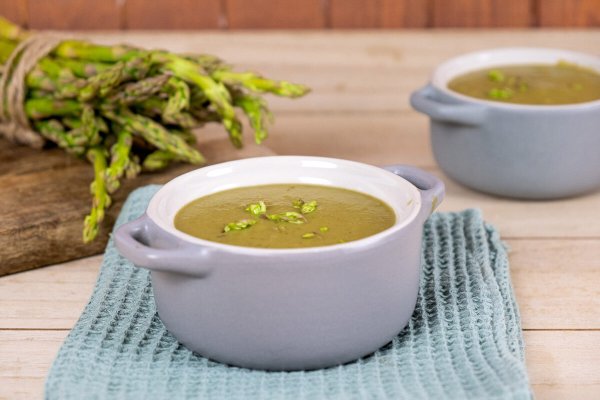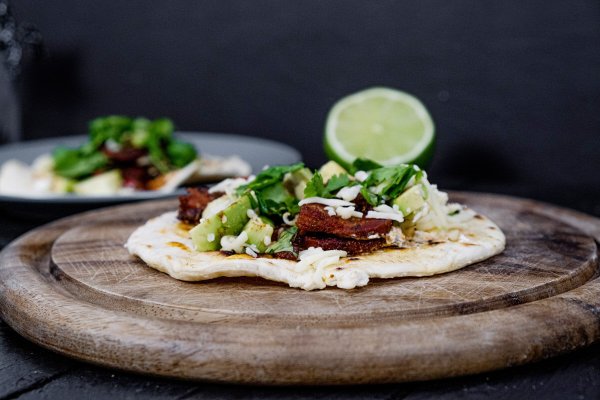








If you’re new to sourdough and struggling to get good quality loaves of bread, you may be making the same common sourdough mistakes I was! After realizing the mistakes I was making, I now continually make delicious, light, fluffy bread, every time!

When I first started baking with sourdough I made every single mistake in the book. I sure wish I’d seen these 33 things to know BEFORE baking with sourdough!
I nearly gave up on my sourdough journey, but commercially prepared ‘sourdough’ bread usually isn’t true sourdough. I wanted the delicious flavor and all the health benefits so I persevered and learned a lot of tips and tricks that now help to make sourdough really simple and really practical.
I’m sharing my top seven mistakes to avoid so you don’t make the same mistakes I did when just starting out with sourdough. You’ll soon be on your way to baking up delicious sourdough Parkerhouse Rolls, no-knead artisan loaves, brownies, pizza crust, cinnamon rolls, and more!
Mistake #1: Keeping Too Much Starter
After making a sourdough starter, it’s really easy to get overwhelmed with the amount of sourdough starter, especially when you’re getting your starter ready for bread baking.
But you don’t need to constantly keep a large amount of starter at a time. You can keep about a tablespoon in a jar that you’ll continually feed. Any extra can be kept in a “sourdough discard” container (see “discarding your starter” below for ways to use it).
Mistake #2: Thinking Your Starter is Too Old or Dead
Mature starters can last an incredibly long amount of time in the refrigerator with zero care. Many people will tell you that your starter must be fed weekly to stay alive.
While that’s the best practice, and will ensure your starter is always ready for baking, this doesn’t mean a neglected starter is too old or dead.
All you need to do is bring your starter to room temperature, reduce the amount to just about a tablespoon, give it proper feedings for about three days, and you should be good to go!

Mistake #3: Not Keeping a Backup Starter
Always, always, always keep a little bit of starter stashed away in a jar in the refrigerator. ALWAYS!
This is just a backup in case you kill the starter that you keep out on the counter. This will save you a lot of time so you don’t need to start with a fresh batch of starter in case life happens and your starter dies.
Alternatively, you can preserve your sourdough starter by spreading some of your starter onto some waxed or parchment paper, let it air dry, crumble it up and store it in the freezer in a ziplock baggie.

Mistake #4: Discarding Half Your Starter
So many people tell you to discard half your starter before feeding it. I truly don’t like this advice because those are ingredients you’ve paid for and spent time maintaining.
Just because your starter may not be strong enough to bake a loaf of bread, doesn’t mean you can’t use it to add flavor and nutritional value to things like brownies, pancakes, muffins, etc. (see “Thinking of Sourdough Starter for Bread Only” for more ideas).

Mistake #5: Getting Stuck on Someone Else’s Sourdough Schedule
Sourdough starter is extremely resilient and doesn’t always require the strict schedule you may have read on another blog.
Sure, there are some basic principles for getting the strongest, most viable starter, but you can typically get your starter onto a good routine that works for you, without needing to babysit it multiple times daily.
Also, you can use the refrigerator as a pause button to give yourself a break as needed! You can place your starter in the refrigerator, or if you’re mid-rise on a loaf of bread and won’t have time to bake, you can wrap it up and toss it in the fridge, too!

Mistake #6: Limiting Sourdough Starter Flour Options
Most people just use plain old white flour for their sourdough starters. And this is completely fine, however if you’ve never tasted whole wheat sourdough, you have no idea the depth of flavor you’re missing!
But many people don’t realize you can also make a sourdough starter out of rye, rice, quinoa, and many more flours all with great success. I think making gluten-free sourdough is actually easier.
Mistake #7: Only Thinking of Sourdough Starter For Bread Baking
Don’t limit yourself to bread only! You can add sourdough starter to so many baked goods. Even if your starter isn’t strong enough to raise a loaf of bread, don’t toss it out!
Add it for flavor and nutritional value to brownies, muffins, pizza crust, rolls, soft pretzels… the options are endless!
















